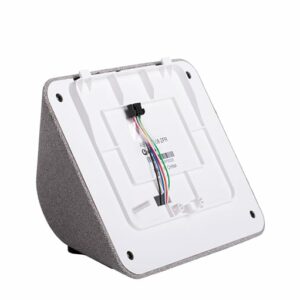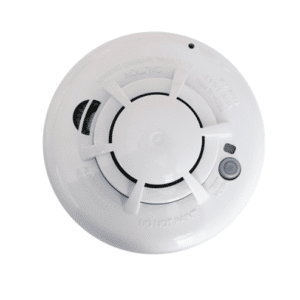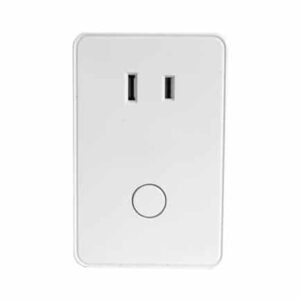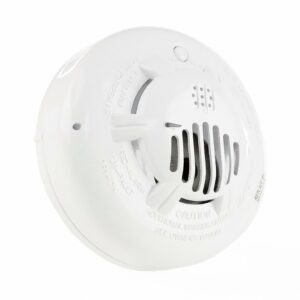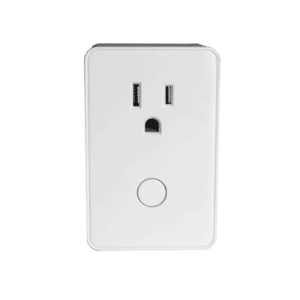What is a duress code?
The unimaginable has happened.
An intruder has broken into your home, surprised you in your pajamas and fuzzy bunny slippers and is now threatening you with violence unless you deactivate your home security system so they can ransack your home at will.
What do you do? You’ve lost the initiative here, unable to go on the offensive without risking greater injury or worse to your person and family. The intruder possibly has a weapon on you and is increasingly agitated as the alarm blares through the house and threatens to summon law enforcement to a volatile situation.
You’re told to punch in your alarm PIN and turn the system off. You have no other choice.
Or do you?
This is when you punch in, not your normal PIN, but instead the system’s duress code.
What is a duress code? you might ask, at least if this article hadn’t just asked for you.
The duress code is an alternate code that will deactivate your alarm, but will simultaneously silently summon law enforcement to your address.
Unlike in a normal situation, where the monitoring center would call before summoning help, the duress code — so called because you are entering the code while under duress from an outside force — will ensure the process is silent and unseen so as to not alert any intruder in the house.
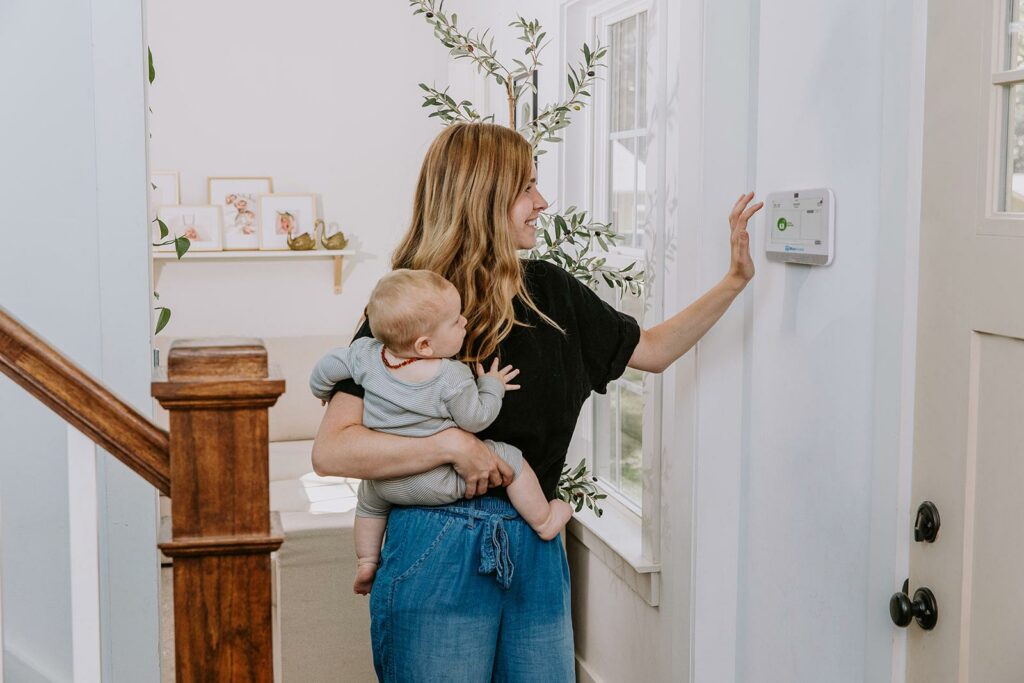
In the best possible scenario, the intruder will never know the police are coming until he’s outside the house staring into a patrol car’s spotlight while officers train their guns onto his figure.
Of course, to use the duress code, first you have to activate it. The documentation that comes with your home security system should come with instructions on how to set it up.
Remember: your duress code is NOT the same thing as your PIN.
Just like you’ll have to remember your PIN, you’ll need to keep your duress code separate in your mind so you’ll know what to punch in when the time comes.
What should your security alarm’s duress code be, though? It’s best to avoid personal info like birthdays, anniversaries or other dates, which could be easily confused with your normal PIN.
Instead, as a duress code example, you’ll want something easy to remember. A common duress code for many systems is “2580,” that is, the four numbers in the center of the keypad in a vertical line. Keep it simple, but not so easy someone might set it off by accident. Avoid “1234,” for instance.
Having a duress code programmed into your BlueAccess security system will not only give you increased peace of mind, but could very well be the only thing protecting you in the unfortunate event of a home invasion gone wrong. Make sure to activate your system’s fail-safe when you install it, so you can rely on the silent protection of the duress code when push comes to shove. Should the worst happen, you’ll be glad you did when those red and blue flashing lights come pulling up to your home to take away the bad guy.
Shop Our DIY Home Security Kits
YOUR JOURNEY BEGINS HERE
BlueAccess Starter
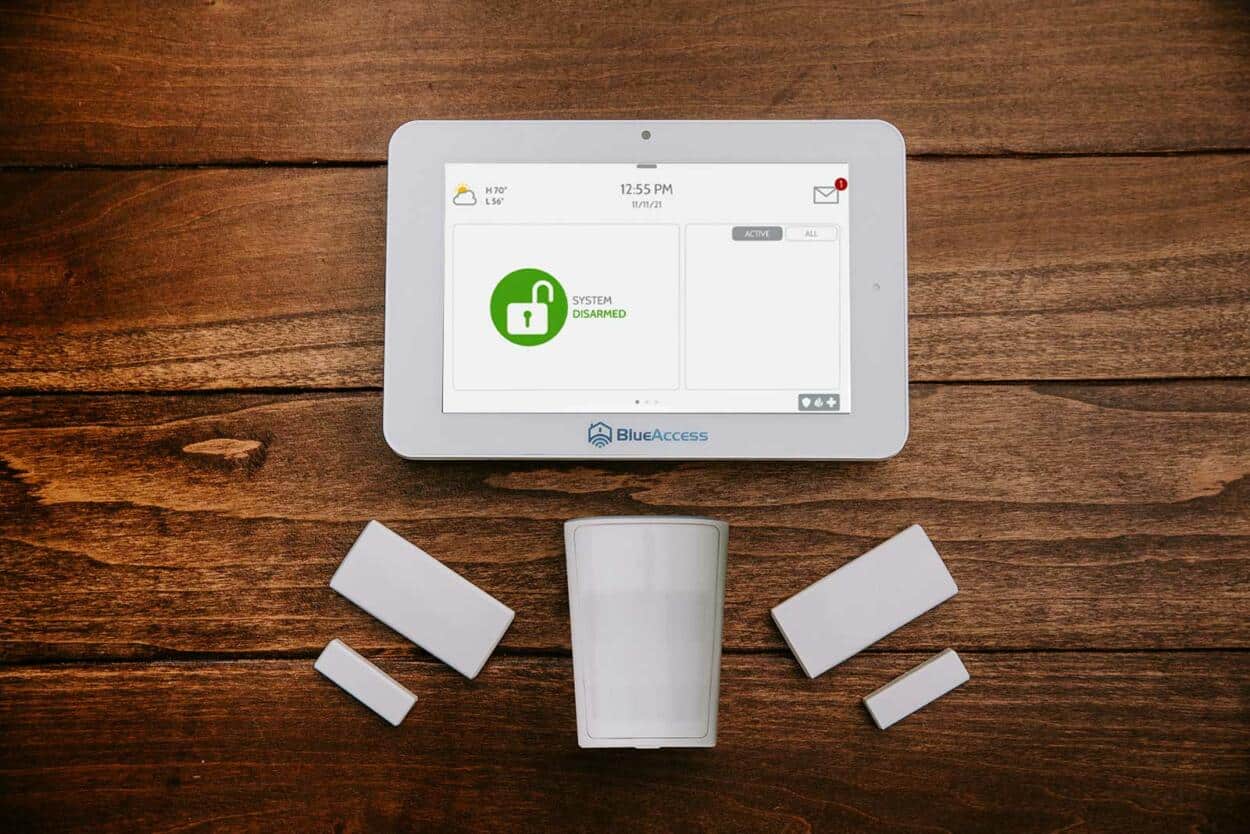
Begin securing your home with a pet-aware motion sensor, door sensors, a central security panel, and the mobile app.
TAKE IT TO THE NEXT LEVEL
BlueAccess Pro

This package includes all the features from our Blue Security Starter, but takes security outside the home with a video doorbell.
TOTAL HOME PROTECTION
BlueAccess Premium
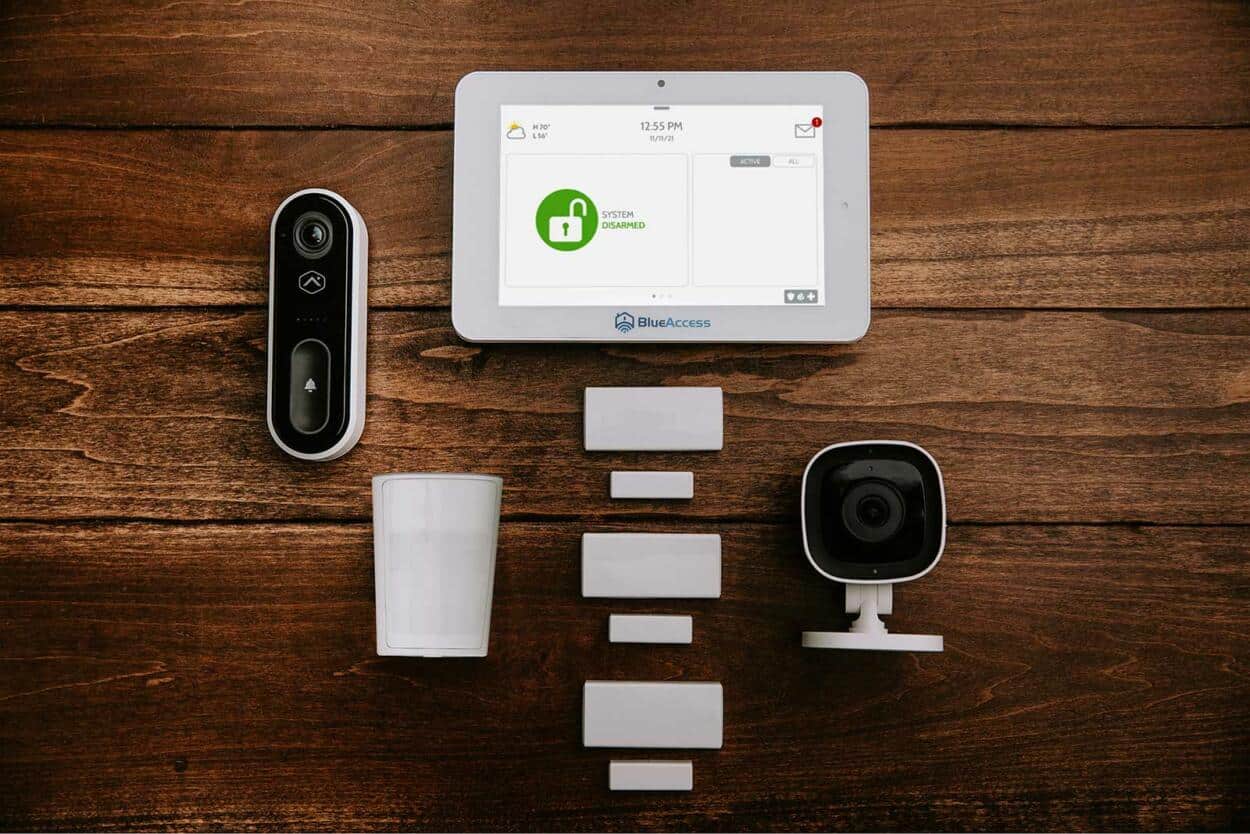
Our Blue Security Premium package includes everything you need to get you home protected inside and out.



